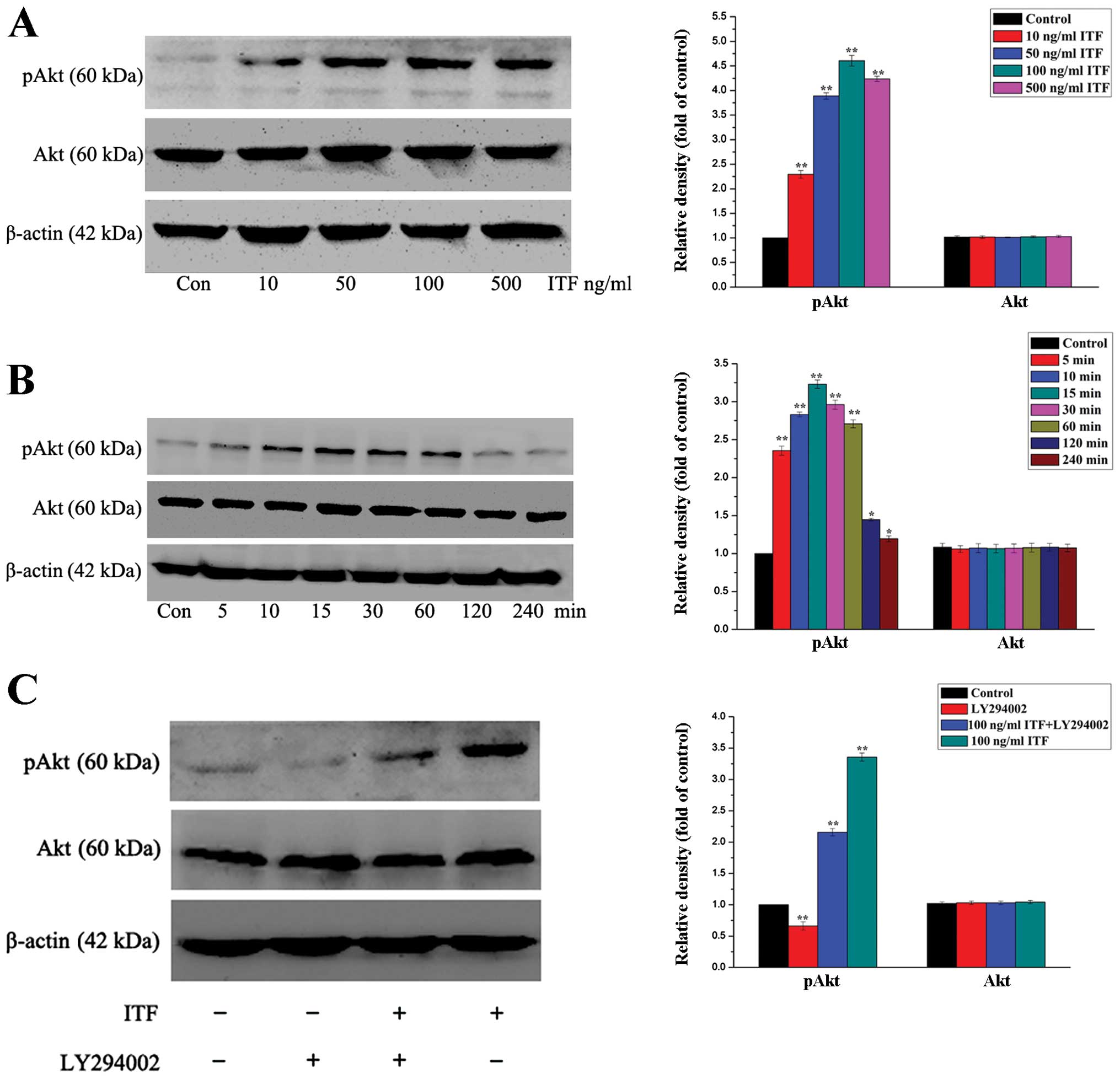

Two main applications are the parameterisation and validation of mathematical models of biological systems and the testing of statistical significance between two or more experimental conditions or treatments. Although originally a qualitative or at best a semi-quantitative method, with the rise of computational systems biology, Western blotting has become increasingly important for fully quantitative applications. Western blotting or protein immunoblotting, was introduced at the end of the 1970s to enable the detection of specific proteins. These results will aid users of Western blotting to choose a suitable normalisation strategy and also understand the implications of this normalisation for subsequent hypothesis testing. This causes the effect of normalisations by sum or optimal alignment on hypothesis testing to depend on the mean of the data tested for high intensity points, false positives are increased and false negatives are decreased, while for low intensity points, false positives are decreased and false negatives are increased. Normalisation by sum or by optimal alignment redistributes the raw data uncertainty in a mean-dependent manner, reducing the CV of high intensity points and increasing the CV of low intensity points. Analysis of published experimental data shows that choosing normalisation points with low quantified intensities results in a high normalised data CV and should thus be avoided. Thus, in the context of hypothesis testing, normalisation by fixed point reduces false positives and increases false negatives. Normalisation by fixed point tends to increase the mean CV of normalised data in a manner that naturally depends on the choice of the normalisation point. We consider how these different strategies affect the coefficient of variation (CV) and the results of hypothesis testing with the normalised data. Here we evaluate three commonly used normalisation strategies: (i) by fixed normalisation point or control (ii) by sum of all data points in a replicate and (iii) by optimal alignment of the replicates. To ensure accurate quantitation and comparability between experiments, Western blot replicates must be normalised, but it is unclear how the available methods affect statistical properties of the data. These premium antibodies are lab-validated using strict testing criteria to ensure superior performance in western blotting detection.Western blot data are widely used in quantitative applications such as statistical testing and mathematical modelling. PrecisionAb Validated Western Blotting Antibodies Loading buffers for protein or nucleic acid samples, detergents, ampholytes, and gel-casting buffers.įrom basic to high-voltage capacity, our power supplies provide simple programming in a compact, stackable case. Protein Electrophoresis Buffers and Reagents Our electrophoresis chambers enable rapid, high-resolution protein separation on precast or handcast gels over a variety of different gel sizes. Choose SDS-PAGE and native PAGE gels, convert to TGX Precast Gels, or choose specialized gel chemistries. Prestained and unstained molecular weight standards for protein electrophoresis applications including SDS-PAGE, western blotting, 2-D PAGE, and isoelectric focusing (IEF).įind the right Bio-Rad protein gel for your application.


 0 kommentar(er)
0 kommentar(er)
